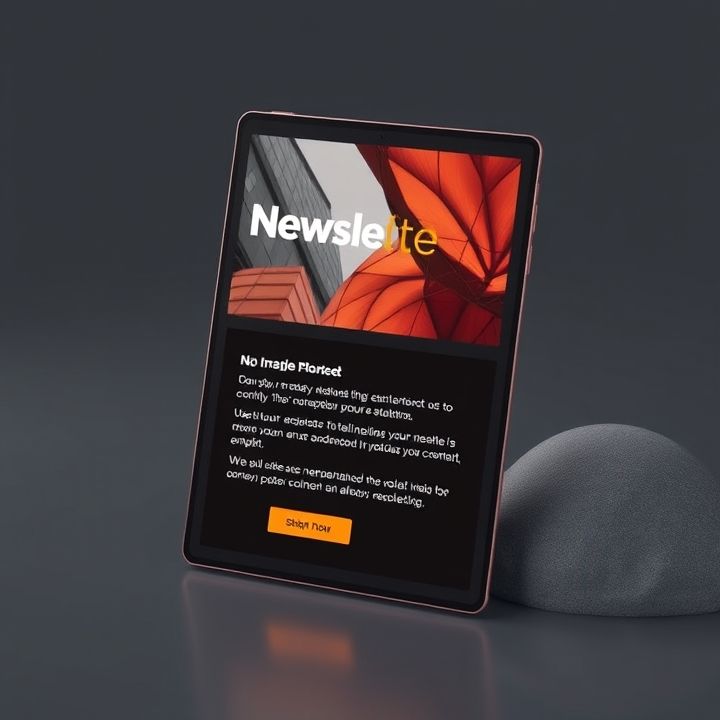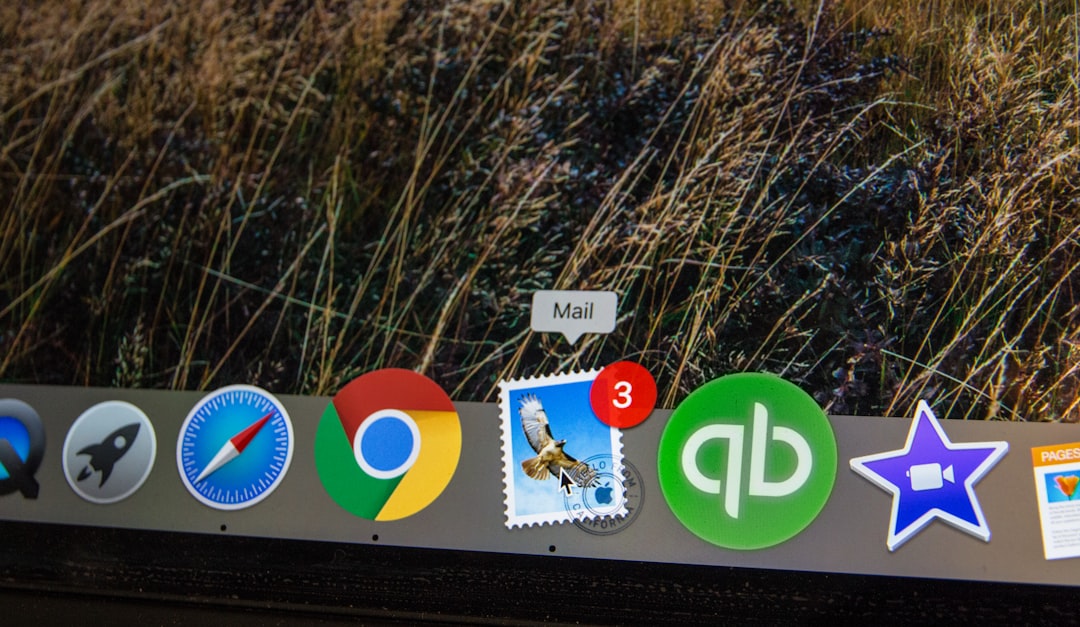Table of Contents
- Introduction
- Personalized Re-Engagement Emails
- Exclusive Offers for Returning Customers
- Feedback Requests to Understand Unsubscribes
- Utilizing Social Media for Reconnection
- Creating Value-Driven Content
- Conclusion
- Frequently Asked Questions
Introduction
Are you struggling to win back unsubscribed customers and breathe new life into your email marketing campaigns? Welcome to an exhilarating journey where we reveal the secrets to revitalizing your email strategy and skyrocketing your engagement rates. Imagine turning previous unsubscribes into enthusiastic participants eagerly awaiting your next email. If this sounds like a dream, prepare to wake up to reality!
Let’s explore a dynamic strategy that not only captivates and re-engages but also solidifies the foundation for an ever-growing subscriber base. In this article, we’ll unlock a treasure trove of tips and tactics tailored to help you reclaim lost subscribers and turbocharge your email marketing success.
Here’s a snapshot of what you’ll discover:
| Strategy | Benefit |
|---|---|
| Re-engagement Emails | Revive dormant subscribers |
| Personalization Tactics | Boost relevance and appeal |
| Segmentation Strategies | Target the right audience |
Dive into this must-read guide and transform your email marketing efforts from lukewarm to sizzling hot. Your relationship with your audience is about to change forever. Stay tuned!
Personalized Re-Engagement Emails
Personalized re-engagement emails are a powerful strategy used to win back customers who have unsubscribed from your mailing list. By tailoring content specifically to the individual recipient, these emails can reignite interest and encourage a renewed subscription. The key is to make the email relevant and engaging by using customer data to inform the content. This means incorporating the recipient’s name, referencing previous interactions or purchases, and offering personalized recommendations based on their past behavior. Such personalization makes the email feel more like a conversation than a marketing pitch, increasing the likelihood of recipients taking action.
Additionally, including special offers or incentives like discounts, exclusive access, or complimentary services can significantly enhance the effectiveness of re-engagement efforts. Crafting a compelling subject line that captures attention is also crucial, as it is the first point of contact and can determine whether the email is opened or ignored. By explaining any benefits or new features that address previous concerns, you can demonstrate value and show that you’re attentive to the customer’s needs. Ultimately, personalized re-engagement emails focus on building a deeper connection and demonstrate that the brand values its relationship with the customer.
Exclusive Offers for Returning Customers
Exclusive offers can be an effective strategy for enticing unsubscribed customers to re-engage with your brand. By offering a special discount or benefit tailored specifically for returning customers, you create a sense of value and exclusivity. These offers could come in various forms such as percentage discounts, free shipping, or limited-time access to premium products. It’s crucial to personalize these offers based on the customer’s past preferences and shopping behavior, which makes them more appealing and relevant.
Another beneficial tactic is to emphasize the scarcity and urgency of the offer. Language such as ‘limited-time only’ or ‘exclusive offer just for you’ can motivate customers to act quickly and reconnect with your brand. In addition, highlighting the benefits of staying connected, such as receiving future offers and updates, can also encourage customers to resubscribe to your emails.
Implementing and testing different exclusive offers can provide insights into what works best for re-engaging past customers. By continually refining these tactics, businesses can effectively win back subscribers, fostering loyalty and potentially converting them into long-term customers.
Feedback Requests to Understand Unsubscribes
Feedback requests are a crucial tactic in understanding why customers have unsubscribed from your emails. When a customer chooses to unsubscribe, it is beneficial to provide them with a short, optional survey asking for their reasons. By doing so, you gain valuable insights into their decision-making process, which can inform future email campaigns and strategies. Common reasons for unsubscribing might include receiving too many emails, finding the content irrelevant, or a change in their personal needs or interests. Understanding these motives allows businesses to tailor their content more effectively and adjust their frequency to better suit their audience, potentially reducing future unsubscribes.
Furthermore, using feedback to segment your audience can help create more personalized experiences. For instance, if a significant portion of users unsubscribe due to irrelevant content, it’s a clear signal to refine your targeting methods. Additionally, consider reaching out to these customers with a personalized email or offer, addressing their concerns directly, and inviting them to resubscribe. By showing genuine interest in their feedback, businesses not only improve their outcomes but also enhance customer satisfaction and loyalty.
Utilizing Social Media for Reconnection
Utilizing social media platforms can be an effective strategy to reconnect with customers who have unsubscribed from your emails. Social media offers a direct and engaging way to interact with your audience, providing an opportunity to win back their attention and interest. Begin by analyzing the preferences and behaviors of your target demographic on social media. This will help tailor your content to resonate with their interests, whether it’s through compelling visuals, interactive polls, or informative videos.
Engaging content is key to capturing unsubscribed customers’ attention. Offering value through exclusive promotions, sneak peeks of upcoming products, or behind-the-scenes content can intrigue users and rekindle their interest. Encouraging conversation and feedback through comments or direct messages can also foster a sense of community and connection, making customers feel valued and appreciated.
Leveraging targeted advertisements on social media platforms is another effective tactic. By creating custom audiences based on past interactions and behaviors, you can serve personalized ads that encourage them to revisit your website or re-subscribe to your emails. Regularly monitoring and analyzing the performance of your social media efforts will help refine your approach, ensuring it remains effective at winning back unsubscribed individuals.
Creating Value-Driven Content
Creating value-driven content is essential to winning back customers who have unsubscribed from your emails. The first step is understanding the reasons behind their choice to unsubscribe. Once you have this insight, tailor your content to meet their specific needs or address their concerns.
Focus on producing content that significantly adds value to your audience’s lives. This may include educational resources, insightful industry updates, or exclusive offers that make re-engagement attractive. Educate your subscribers on topics they care about, share practical tips, and offer solutions to their problems.
Additionally, personalization is key in developing content that resonates with individuals. Utilize customer data to create personalized email campaigns that speak directly to their interests or previous interactions with your brand. Dynamic and targeted content will enhance the relevance and increase the likelihood of rekindling their interest in your communications.
Incorporating interactive elements, like surveys or feedback requests, can also re-capture the interest of former subscribers. This not only provides them with a voice but also offers you valuable insights into improving your future content strategies. Ultimately, value-driven content lays a foundation for renewed relationships with your audience.
Conclusion
In conclusion, re-engaging unsubscribed customers hinges on a strategic blend of personalized interactions and value-driven content. Employing personalized re-engagement emails that leverage customer data can spark renewed interest by making correspondence feel relevant and conversational. Offering exclusive deals tailored to past behaviors not only entices former subscribers but also shows appreciation for their past engagement, creating a sense of exclusivity that can be hard to resist.
Furthermore, actively seeking and acting upon feedback sheds light on the reasons behind unsubscribes and helps shape more effective strategies, potentially reducing the churn rate. Using social media to reconnect allows brands to reach lapsed customers on platforms where they are most active, reinforcing brand presence and value. Additionally, crafting engaging content that adds genuine value not only attracts but also retains interest, making subscribers more likely to stay. By implementing these varied tactics, businesses can not only win back lost subscribers but also enhance overall customer satisfaction, fostering a loyal and engaged audience over time.
















